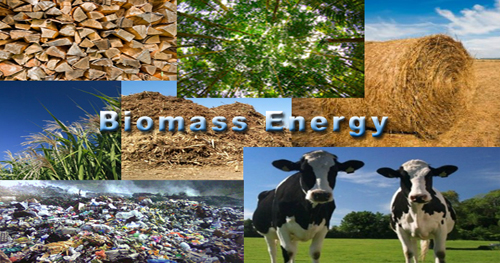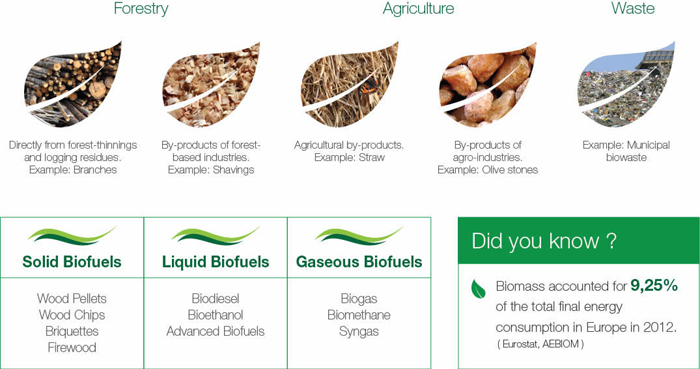Why is the wood pellet press widely used?
Biomass energy has always been an important source of energy for human to survive. It is the fourth largest energy source in the world after coal, oil and natural gas, and plays an important role in the entire energy system. Experts estimate that biomass energy is very likely to be an integral part of future sustainable energy systems. By the middle of the next century, various biomass alternative fuels produced using new technologies will account for more than 40% of global energy consumption.
The present condition of biomass energy
At present, the utilization of biomass energy by humans includes straws, fuelwood, etc., which are directly used as fuels, and agricultural and forestry wastes, animal wastes, garbage and algae, which are indirectly used as fuels, which generate biogas through microbial action, or adopt pyrolysis produces liquid and gaseous fuels, as well as biochar. Biomass is the world's most extensive renewable energy source. It is estimated that the total amount of biomass produced by photosynthesis on earth alone amounts to 144 to 180 billion tons (dry weight) per year, and its energy is about three to eight times that of the world's total energy consumption in the early 1990s. However, it has not been used reasonably by people. Most of them are used directly as fuelwood, which is inefficient and affects the ecological environment. Modern biomass energy is produced by anaerobic fermentation of biomass to produce methane, pyrolysis to produce fuel gas, bio-oil and biochar, biomass to produce ethanol and methanol fuel, and bioengineering to cultivate energy plants.

The utilization of biomass energy mainly includes three ways: direct combustion, thermochemical conversion and biochemical conversion. The direct combustion of biomass will remain the main mode of biomass energy utilization in China for a long time to come. At present, the traditional firewood burning stove with a thermal efficiency of only about 10% is promoted, and the fuel-saving stove with a promotion efficiency of 20%-30% can be promoted. This technology is simple, easy to promote, and has obvious energy-saving measures. It has been listed as a new energy construction in rural areas by the state. One of the key tasks. The thermochemical conversion of biomass refers to the technology of vaporizing, charring, pyrolyzing and catalytic liquefying biomass to produce gaseous fuels, liquid fuels and chemicals under certain temperatures and conditions. Biochemical conversion of biomass includes biomass-biogas conversion and biomass-ethanol conversion. Biogas conversion is an organic matter in an anaerobic environment. By catalyzing microbial fermentation, a combustible gas mixture containing methane as a main component, that is, biogas and ethanol conversion, is produced by fermentation of raw materials such as saccharide, starch and cellulose.
The future of biomass energy
Crop straw is a by-product of agricultural production and a traditional fuel in rural China. Straw resources and agriculture are mainly closely related to crop production. According to the statistics of 1995, the annual output of crop straw in China is 604 million tons, of which 15% is for fertilizer returning and its collection loss, and the remaining 513.4 million tons. In addition to being used as feed and industrial raw materials, most of the available crop straws will be used as feed and industrial raw materials. Most of the crops can be used as agricultural households for cooking and heating. At present, the consumption of straw as energy in rural areas is about 286.2 million tons, but most of them are inefficient use. That is, it is directly burned on the wood stove, and its conversion efficiency is only about 10% to 20%.
With the development of the rural economy, the income of farmers has increased, regional differences are gradually expanding, and the proportion of commodity energy in rural life is increasing at a faster rate. In fact, the increase in farmers' income and the difficulty of obtaining commodity energy can be an opportunity and motivation for them to switch to the use of commodity energy. In rural areas that are closer to commodity energy producing areas or in affluent rural areas, commodity energy (such as coal, liquefied petroleum gas, etc.) has become its main cause of use. Straw used in the traditional way has become the object of substitution first, resulting in the increase of the amount of straw directly abandoned in the field. The amount of discarded straw in many areas has accounted for more than 60% of the total straw, which harms the environment and wastes resources. . Therefore, it is imperative to speed up the conversion and utilization of straw.




